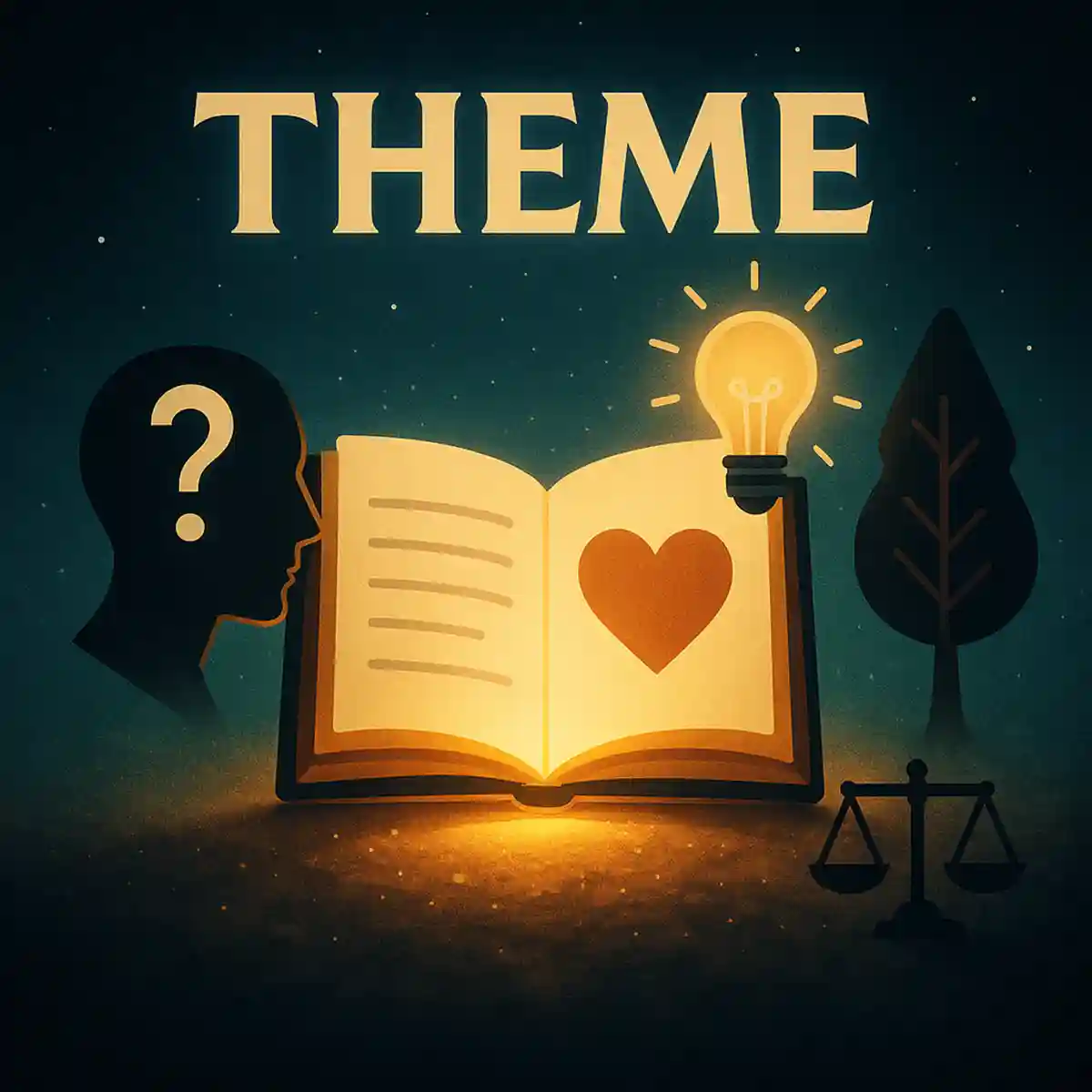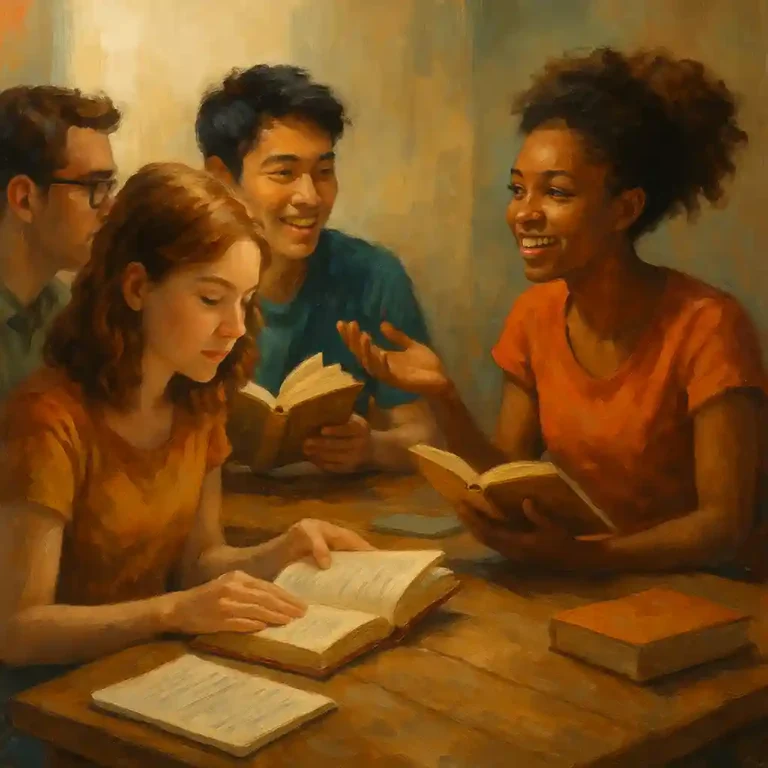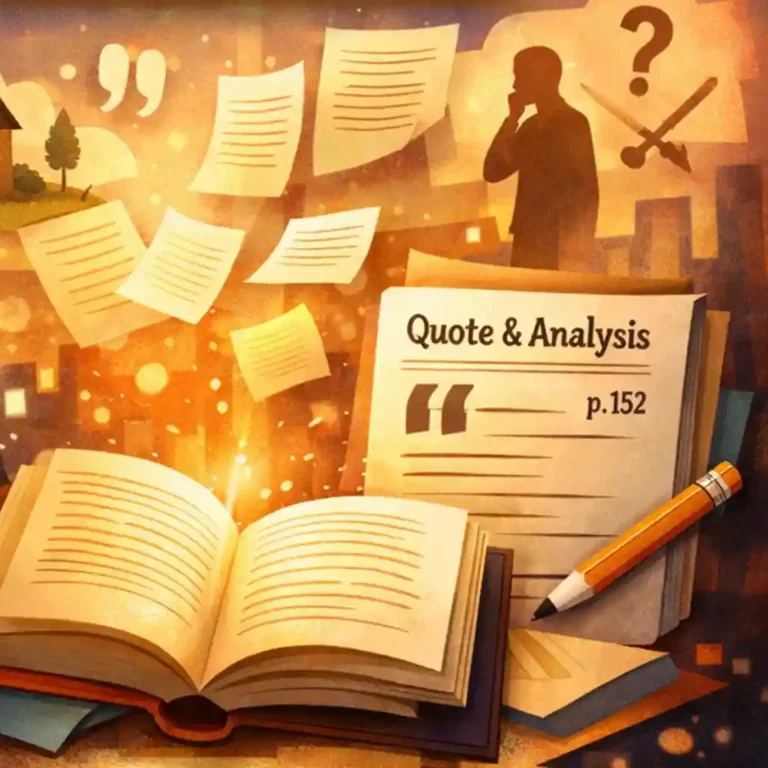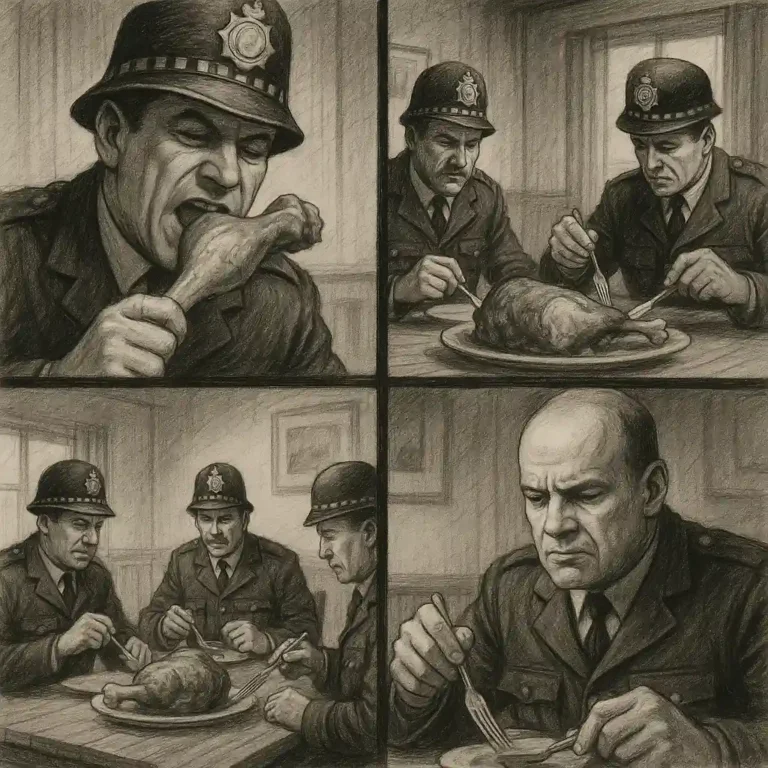Day 11: Finding Theme in Literature Lesson Plan
When it comes to literature, theme is one of those big ideas that students often struggle with. Sure, they can spot a simile from across the room or identify rising action without breaking a sweat, but ask them what the story really means, and you might hear crickets. That’s why today’s focus is on finding theme—a skill that ties everything else together.
Day 11 Lesson Plan: Finding Theme
1. Silent Reading – 15 minutes
Students continue with their independent reading. Encourage them to keep track of any recurring ideas or big lessons in their books—today, these observations will be important for the note on theme.
2. Note on Theme
Have students copy down the following point-form notes:
A theme is the central idea, message, or lesson in a story.
It’s often a big idea about life, society, or human nature.
Themes are usually implied rather than stated directly.
To discover theme, ask:
What lesson does the character learn?
What big issue does the story explore?
How do the conflicts and resolutions reveal deeper meaning?
Common themes: friendship, identity, justice, survival, freedom, love, betrayal.
A theme should be expressed as a complete thought, not a single word. (Ex: True friendship can survive hardship, not just friendship.)
Encourage students to apply these questions to their independent reading books, jotting ideas in the margins or on sticky notes.
3. Continue Literary Devices Poster
Students go back to their poster project. Remind them to:
Review their rough drafts.
Add color, creativity, and clarity to their designs.
Double-check that their posters include the device name, definition, example, and an illustration.
Wrapping Up
By the end of today’s class, students will have taken another step in their journey toward understanding literature—not just for plot twists or clever lines, but for the deeper truths that give stories staying power. Finding theme is like putting on a pair of glasses that makes everything sharper and more meaningful.






